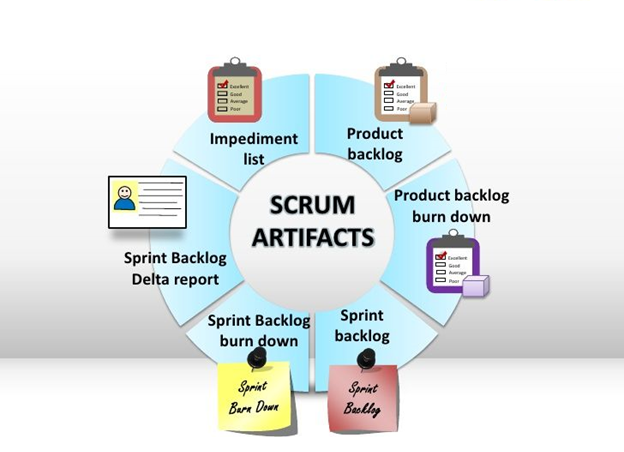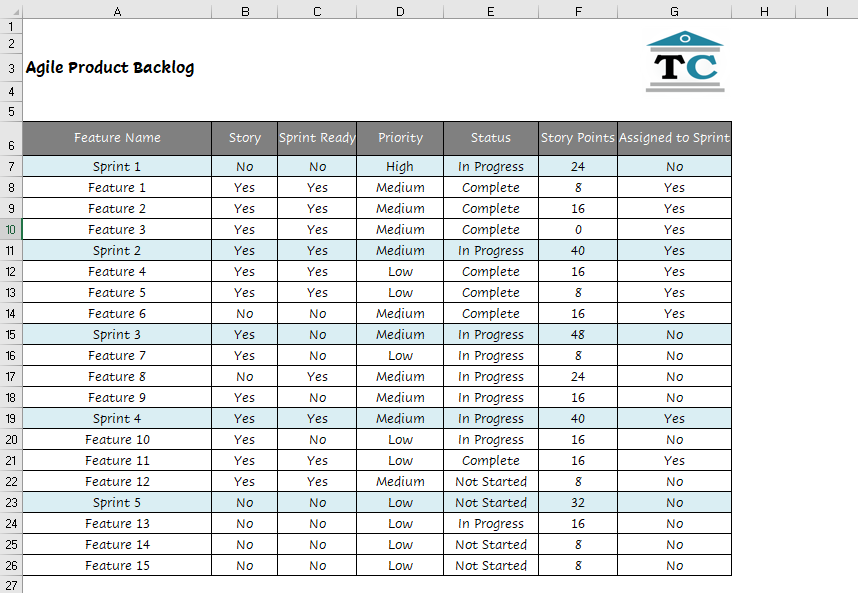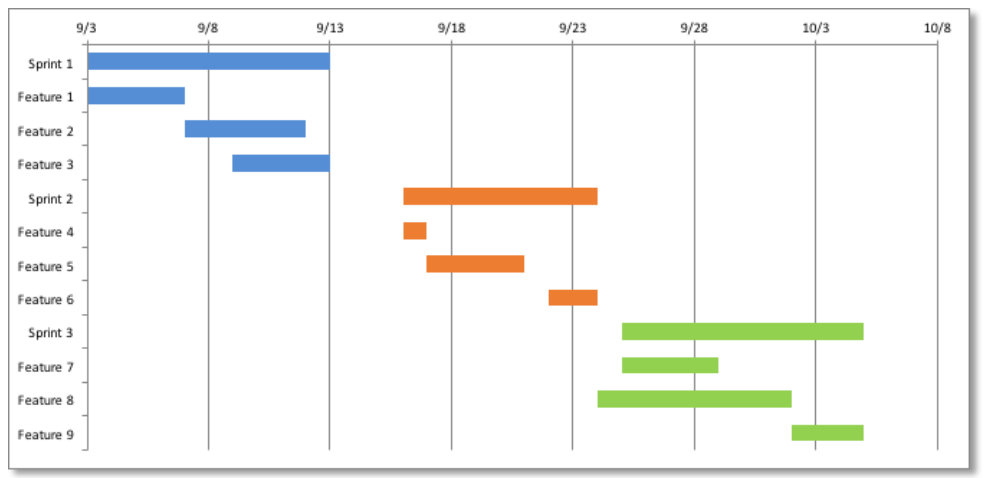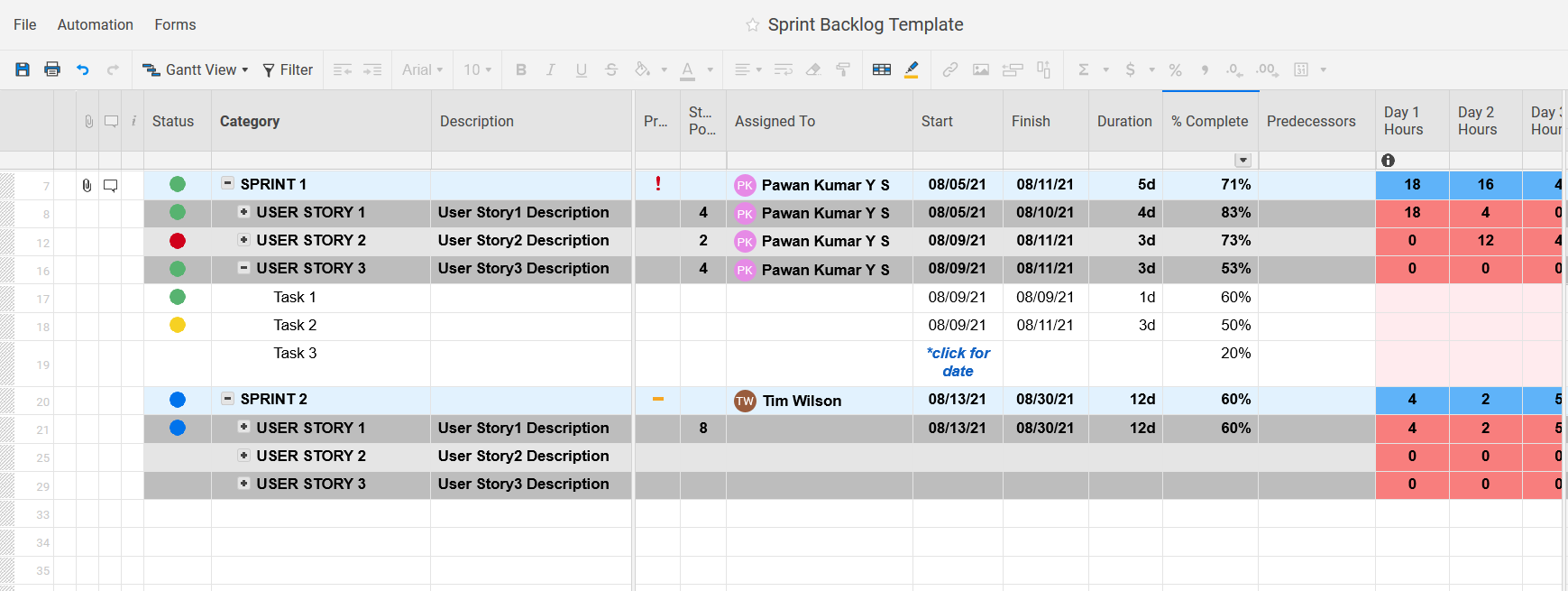Agile Scrum Artifacts
What are Scrum Artifacts?
Scrum Artifacts are documents created during the activities being performed. They provide key information about the product under development, planned activities, and completed activities in the project. Let us now learn about some of the Scrum Artifacts -
- Product Backlog
- Sprint Backlog
- Burndown charts
- Product increment

1. Product Backlog
The Product Backlog is a master list of all the features, enhancements, fixes, and requirements needed for a product. It is owned and managed by the Product Owner.
- It contains user stories (small pieces of work), bugs, technical tasks, and more.
- The backlog is dynamic — it changes and grows as new ideas and feedback come in.
- It is prioritized, meaning the most important items are at the top.

1.1. Backlog Grooming
The product backlog needs to be edited and updated according to the items altered. Therefore, it should be frequently reviewed to identify necessary actions -
- Some backlog items are no longer necessary.
- Estimates have changed for some backlog items.
- The outcome that was intended for an item would be achieved by another feature.
- A specific problem is fixed.

2. Sprint Backlog
The Sprint Backlog is a subset of the Product Backlog, containing only the items the team commits to work on during the current sprint (usually 2 weeks long).
- It includes selected user stories and a breakdown into tasks.
- The team decides how much they can commit to during Sprint Planning.
- Unlike the product backlog, this list is fixed during the sprint (unless the team agrees to make changes).

3. Burndown charts
A Burndown Chart is a visual tool that shows how much work is remaining in a sprint or project. It helps the team track progress daily.
- X-axis: Days of the sprint (e.g., Day 1 to Day 10)
- Y-axis: Remaining work (measured in story points or hours)
- Ideally, the line goes down to zero by the end of the sprint.

4. Product increment
A Product Increment is the sum of all completed work in a sprint plus all previous increments. It is potentially shippable software that meets the Definition of Done (DoD).
- The goal of each sprint is to deliver at least one working, tested, usable increment.
- It includes code, design, testing, documentation, etc.
